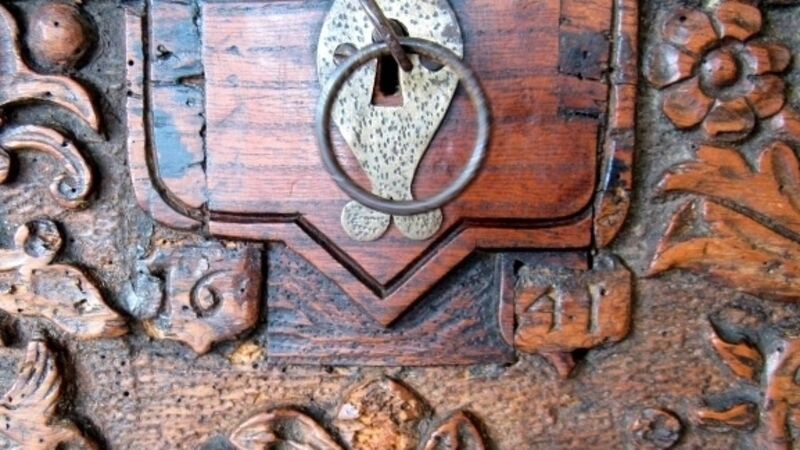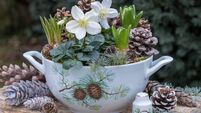Vintage View: 19th century Irish, English, and European furniture

It’s simply experience, and by studying furniture in woods that are already identified in the catalogue of a good sale, you can start to find your eye too.
Certain woods were used during certain periods. So, we can generally expect most of the 19th century Irish, English, and European furniture we come across at antiques and fairs to be made or decorated in veneers of hardwoods — mahogany, oak, rosewood, satinwood, or walnut. That’s a good place to start.













